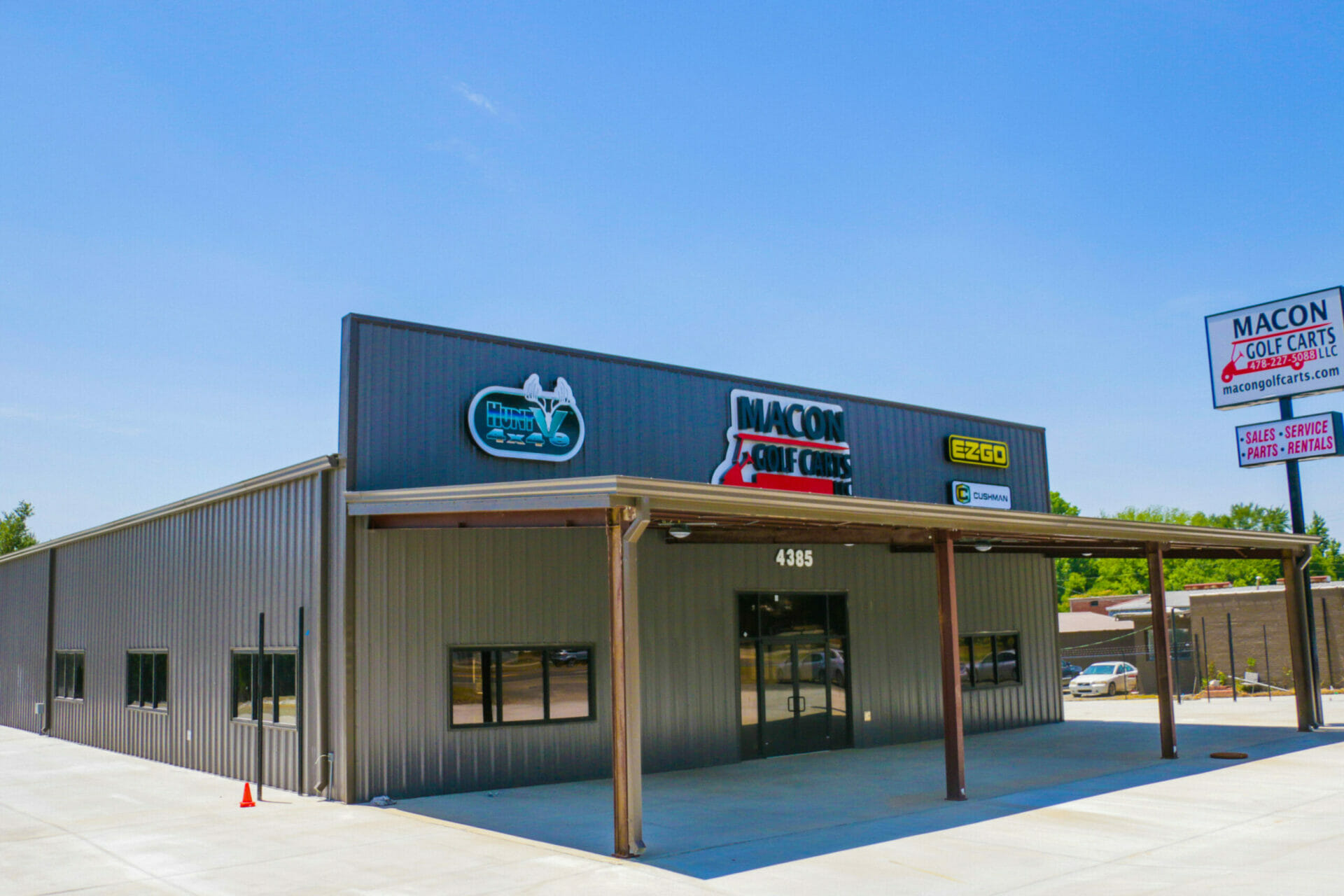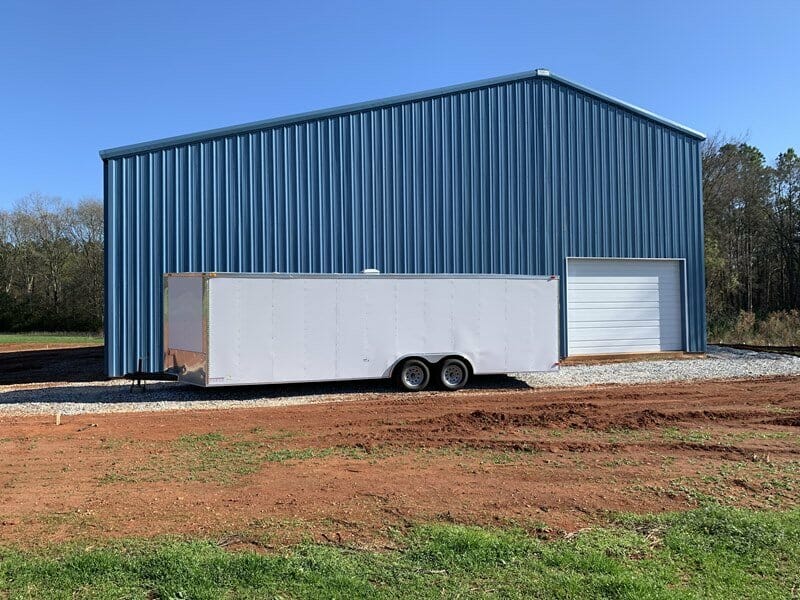
It’s hard to think about the wind and not imagine the destructive power of a hurricane; we often hear news reports of homes being blown away in seconds. But what does it mean for prefab steel buildings? What is wind force on a building, or steel building wind load? And how do steel buildings, along with their windows and doors, stand up to basic wind speeds, and more extreme forces?
This blog post will discuss the benefits of steel buildings and how they withstand wind loads better than other types of building materials.
THE ULTIMATE GUIDE TO STEEL BUILDING WIND LOAD CALCULATIONS
The wind load on a building is the force that atmospheric pressure, acting against the exterior of the structure, exerts on its surface. While steel buildings are engineered to handle this type of force better than other materials (like wood or concrete), it’s still important to calculate wind loads before designing your project so you can be confident in using steel construction.
Despite the fact that wind loads can be calculated from wind speed, building designers, engineers, and builders must complete several extra computations to guarantee their structures don’t collapse in a strong wind.
The most basic formula for wind load is Force = Area x Pressure x Cd, where Cd is the drag coefficient.
Generally, the drag coefficient for a single building in the United States is about 0.85 – which means that every square foot of surface area on your structure will experience 85 pounds of pressure from wind. This number can increase depending on factors like height and roof overhangs.
TYPES OF WIND LOAD FORCES ON BUILDINGS:
- Shear Load – The wind pressure that is horizontal and could cause a structure to lean.
- Lateral Load – The push and pull force that may cause a building to shift off its foundation.
- Uplift Load – This refers to the lifting effects induced by pressures from wind flow.

HOW STRONG IS A STEEL BUILDING IN A HURRICANE? BUILDING DESIGN & WIND SPEED
One of the benefits of building with steel is that it’s better able to withstand wind speeds than other materials. In fact, steel buildings are able to handle wind speeds of up to 120 mph. Even in areas with high winds, the building may only sway a few inches at most – which is not enough for it to do any damage or collapse.
In addition, because steel buildings have fewer spaces between materials and connections – they’re less susceptible to leaks from rain or flood damage. In short, compared with other types of construction material, prefab steel buildings are designed to withstand wind speeds better.
However, sustained winds of 74+ miles per hour and wind gusts that can exceed 250 mph can do a lot of damage to even the sturdiest of structures. The windward wall of a steel building may be under more than 65 pounds of pressure per square foot from the air rushing against it.
On the other three sides, the suction caused by lower air pressure can pull walls outward. Add in torrential rain, and there’s potential for foundation damage and soil corrosion – which could potentially lead to a collapse.
All of this is to say that while steel buildings may not be able to survive the most severe hurricanes our earth has to offer- compared to other building materials, prefabricated steel structures are better prepared to handle extreme winds and are more resistant to flooding damage by far.

EVERYTHING YOU NEED TO KNOW ABOUT EXPOSURE RATINGS ON PRE-ENGINEERED STEEL BUILDINGS
The wind loads threat level in certain sections of the nation is shown by a steel structure’s exposure rating. The overall impact of urbanization is also factored into this equation. A steel building’s exposure rating is one of the most important things to consider when designing your structure.
- Exposure B – This is the most common rating for areas where windbreaks include homes and businesses that are close together.
- Exposure C – This wind rating is for open, rural regions with few buildings or hills that are less than 30 feet tall. In areas where there aren’t enough windbreaks, you’ll need to employ a wind-resistant design.
- Exposure D – These areas are assigned to flat pieces of ground with no windbreaks. Windstorms may occur frequently in this situation due to the lack of structures that block wind flow.
PRE-ENGINEERED METAL BUILDINGS: THE SAFEST OPTION FOR HOMES AND BUSINESSES
Maverick Steel Buildings are the highest quality wind-resistant metal buildings available on the market today. Our steel structures are designed to withstand the highest wind and snow loads found in the US within reason. For more information regarding your steel building designs – reach out to our team of experts. We are more than happy to go over your area’s building code requirements and get your project started today!